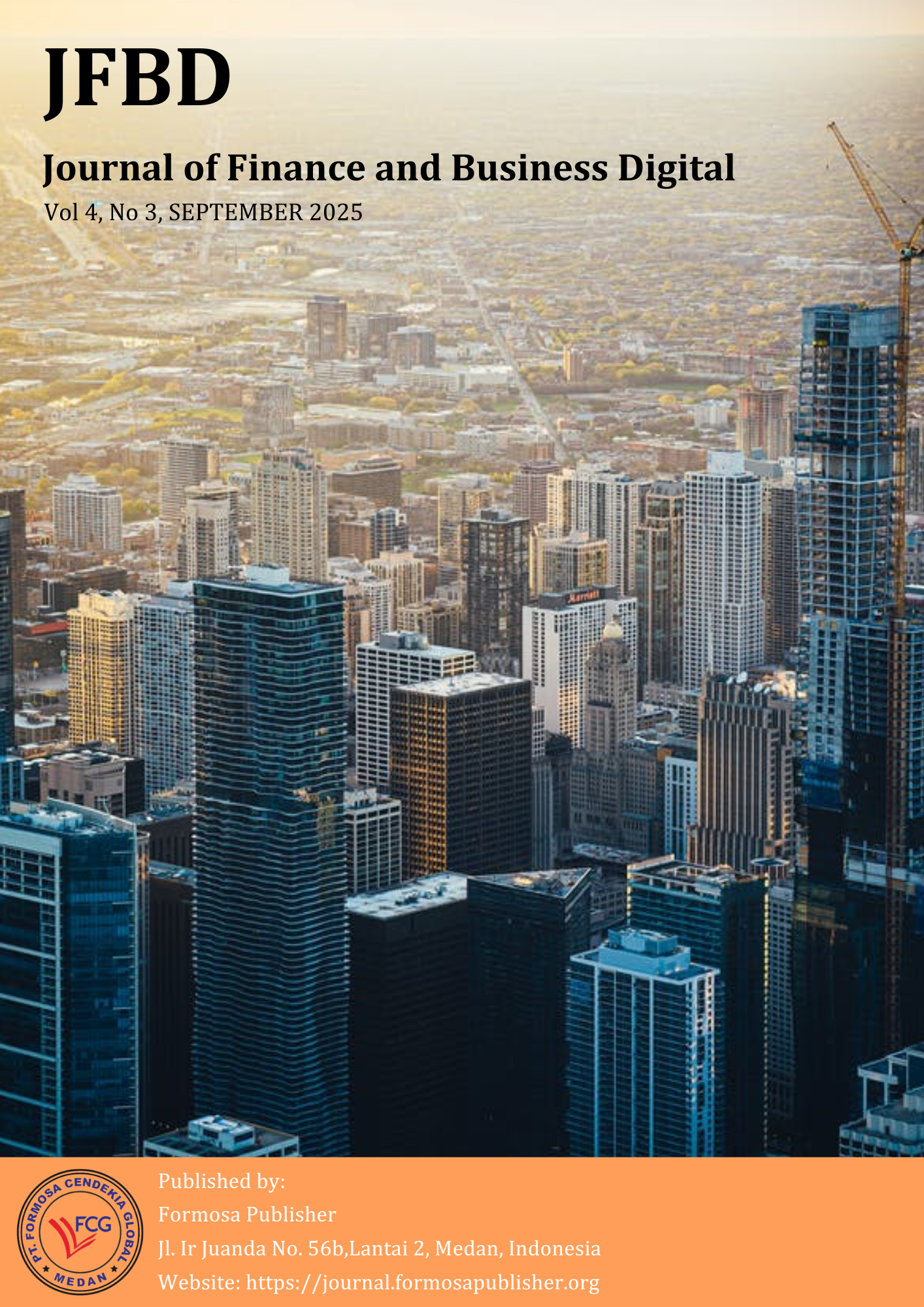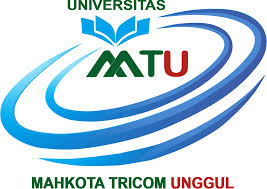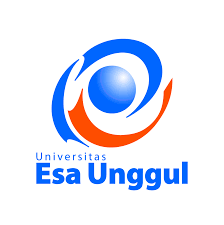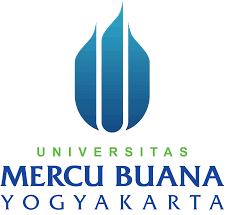How Do Inflation, Exchange Rates, and Interest Rates in the US Affect Textile Imports from Indonesia?
DOI:
https://doi.org/10.55927/jfbd.v4i3.350Keywords:
Inflation, Exchange Rate, Interest Rate, Textile ImportsAbstract
This study examines the impact of US macroeconomic variables: inflation, exchange rates, and interest rates, on textile imports from Indonesia. Using time-series data from 2010 to 2023 and the Ordinary Least Squares (OLS) method, the research analyzes how these factors influence import volumes. The results indicate that US inflation has a positive but insignificant effect, while exchange rates show a negative yet insignificant impact. In contrast, the Federal Reserve's interest rate has a significant negative effect, suggesting that higher US interest rates reduce textile imports from Indonesia. The adjusted R-squared value of 28.068% indicates that other external factors not included in the model may also play a critical role. These findings provide insights for industry stakeholders and policymakers to develop strategies mitigating risks associated with US macroeconomic fluctuations, such as diversifying export markets and enhancing production efficiency.
References
Adivarekar, R. (2009). India in the shadow of slowdown. International Dyer, 194(4).
Amponsah, W. A., & Ofori-Boadu, V. (2007). Determinants of U.S. textile and apparel trade. International Food and Agribusiness Management Review, 10(2), 29–46.
Auer, R., & Fischer, A. M. (2010). The effect of low-wage import competition on U.S. inflationary pressure. Journal of Monetary Economics, 57(4), 491–503. https://doi.org/10.1016/j.jmoneco.2010.02.007.
Chishti, M. Z., Iqbal, J., Mahmood, F., & Azeem, H. S. M. (2020). The Implication of the Oscillations in Exchange Rate for the Commodity-wise Trade Flows between Pakistan and China: An Evidence from ARDL Approach. Review of Pacific Basin Financial Markets and Policies, 23(4). https://doi.org/10.1142/S0219091520500307.
Garibotti, M. H. (2024). Exchange controls and textile imports during the first Peronism (1946-1955). Paginas, 16(41). https://doi.org/10.35305/rp.v16i41.880.
Jain, R., Geetha, E., Mathew, L., & Joseph, A. (2025). Unveiling the impact of macroeconomic factors in export destinations on Indian textile exports. Problems and Perspectives in Management, 23(1), 449–459. https://doi.org/10.21511/ppm.23(1).2025.34.
Kardasz, S. W., & Stollery, K. R. (2005). Exchange rate pass-through in Canadian manufacturing: Its direct and indirect components. Applied Economics, 37(15), 1763–1776. https://doi.org/10.1080/00036840500215683.
Kim, H. (2024). Predicting the Interconnection between Trade Balance and Economic Growth in the Textile and Clothing Industry -A VARX Model Approach-. Journal of the Korean Society of Clothing and Textiles, 48(5), 931–955. https://doi.org/10.5850/JKSCT.2024.48.5.931.
Leung, P. (2008). Trade expansion fuels inflation. Textile Asia, 39(9–10), 75–77.
Majune, S. K., Naluwooza, P. S., Ahmed, A. A., & Stolzenburg, V. (2025). Mapping Africa’s import product dependency amidst global shocks. Journal of Industrial and Business Economics. https://doi.org/10.1007/s40812-025-00356-1.
Memon, N. A. (2007). Textile spinning industry-facing high cost of production. Pakistan Textile Journal, 56(2), 47–48.
Milmo, S. (2004). European chemical companies brace for shifting balance of trade in textiles. Chemical Market Reporter, 265(21).
Suri, K. K. (2008). Pakistan: Govt. shuns textile appeal. Textile Asia, 39(6), 58–60.
Tarasenko, I. (2021). The impact of exchange rate volatility on trade: The evidence from Russia. Russian Journal of Economics, 7(3), 213–232. https://doi.org/10.32609/j.ruje.7.57933.
Yaskova, N. Y., & Lukmanova, I. G. (2020). On the impact of monetary policy on industrial development. Izvestiya Vysshikh Uchebnykh Zavedenii, Seriya Teknologiya Tekstil’noi Promyshlennosti, 385(1), 55–61.
Downloads
Published
Issue
Section
License
Copyright (c) 2025 Arsyaf Tampubolon

This work is licensed under a Creative Commons Attribution 4.0 International License.

























